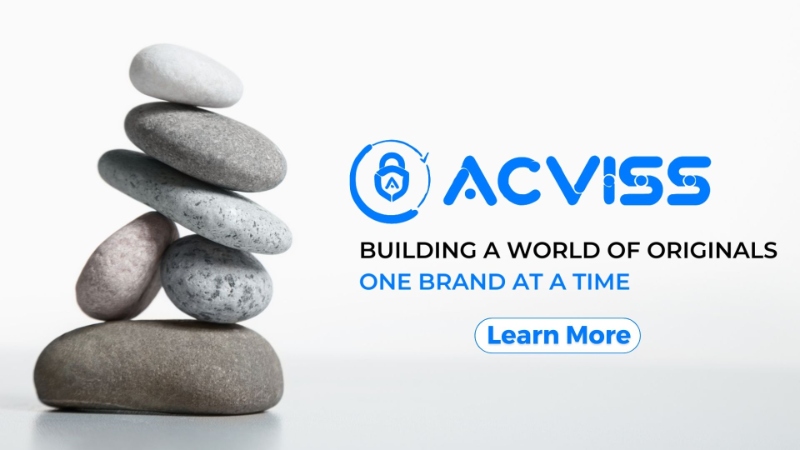Zero Counterfeiting: A Distant Dream or the Imminent Future?

Counterfeiting has been a persistent problem throughout human history, but in recent times, it has reached unprecedented levels. From luxury goods to essential pharmaceuticals, counterfeit products pose a significant threat to consumers, businesses, and economies worldwide. In the pursuit of a secure and trustworthy market, the idea of achieving zero counterfeiting has emerged. Is this goal an ambitious dream beyond our reach, or is it a realistic and imminent possibility?
What is Zero Counterfeiting?
The Authentication Solution Providers' Association (ASPA), at the forefront of India's fight against counterfeiting, recently hosted the fifth edition of the Traceability and Authentication Forum in Delhi. And Zero Counterfeiting held the spotlight of the event.
Zero Counterfeiting means weeding out every counterfeiter and eradicating the fake market threat completely. Using technology as the sword and law enforcement as the shield ASPA’s five-year strategy seeks to become a global voice in the authentication and traceability domain.
The Scale of Counterfeiting
A recent consumer perception study conducted by ASPA and CRISIL revealed the alarming scale of counterfeiting, comprising nearly 25-30% of the market in India. This illicit activity is most prevalent in crucial sectors such as pharmaceuticals, agri-products, apparel, automotive, FMCG and consumer durables. The staggering extent of counterfeiting demands immediate attention from all stakeholders and calls for a national strategy to combat this issue effectively.
The Impact on the Economy
Counterfeiting goes beyond being a mere nuisance; it poses severe economic threats. Indian government lost 1 trillion rupees on taxes in 2020. The losses incurred due to counterfeit products adversely affect not just the Indian economy but also the global market. Genuine manufacturers face decreased sales and reputational damage, leading to financial strain and job losses. Furthermore, the revenue lost negatively impacts government finances, hindering social and economic development initiatives.
Technological Advancements vs. Criminal Tactics
While India has made significant progress in technological innovation, counterfeiters have become equally adept at exploiting technology to create fraudulent products. Criminals now employ various deceptive tactics, such as copycat packaging, to dupe consumers into purchasing inferior, ineffective, and sometimes harmful products. The low awareness levels among consumers make it easier for counterfeiters to thrive, as nearly 27% of consumers were unaware that they purchased counterfeit goods.
Consumer Perception and Undervalued Rights
The shocking reality is that around 89% of consumers accept the presence of fake products in the market, yet 31% of them willingly buy counterfeit items. This indicates a significant undervaluation of consumer rights and emphasizes the need for increased awareness campaigns. The most affected segments include apparel, FMCG, automotive, pharmaceuticals, consumer durables and agrochemicals. Surprisingly, even after discovering that a product is fake, consumers rarely take action to report it, contributing to the perpetuation of counterfeiting.

The Way Forward
The fight against counterfeiting requires a collaborative effort from various stakeholders, including government bodies, private sector companies, consumers and industry associations like ASPA. The following steps can be instrumental in moving closer to the goal of zero counterfeiting:
1. Awareness Campaigns
Educating consumers about the perils of counterfeit products and the importance of purchasing from trusted sources can significantly reduce the demand for fake goods.
2. Strengthening Intellectual Property Rights (IPR)
Enforcing stringent laws to protect intellectual property rights can deter counterfeiters and safeguard genuine manufacturers' interests.
3. Industry Collaboration
Encouraging collaboration among different industries and sharing best practices to combat counterfeiting can lead to a more comprehensive and effective approach.
4. Consumer Empowerment
Empowering consumers to report counterfeit products and providing them with accessible mechanisms to do so will aid in curbing the spread of fake goods.
5. Traceability and Authentication Technology
Embracing advanced traceability and authentication solutions can help manufacturers and authorities track the movement of products along the supply chain, ensuring authenticity and detecting counterfeits.
A Collaborative effort
The responsibility to wipe out counterfeits doesn’t just lie with the government agencies but with each citizen. Private enterprises that focus on authentication and anti-counterfeit like Acviss technologies have made a tremendous impact in downsizing the number of perpetrators in the market.
Acviss has, using cutting-edge technologies like AI, Machine learning and blockchain, protected over 2 billion products across the globe, extending to every type of industry no matter the scale or their type. With solutions like Truviss and Certify, products across online and offline channels are monitored and secured. This ensures that no counterfeiters intervene or tamper with the product and customers get quality products and brands to protect their reputation.
While the dream of achieving zero counterfeiting may appear distant, it is undoubtedly a case that demands immediate action. And with this combined effort and stringent regulation the dream of a counterfeit-free world can be transformed into a reality.
Want to know more about how anti-counterfeiting can help your brand? Talk with our specialists and choose a solution that gets you the maximum result.
Prioritise your customers. Protect your brand!
